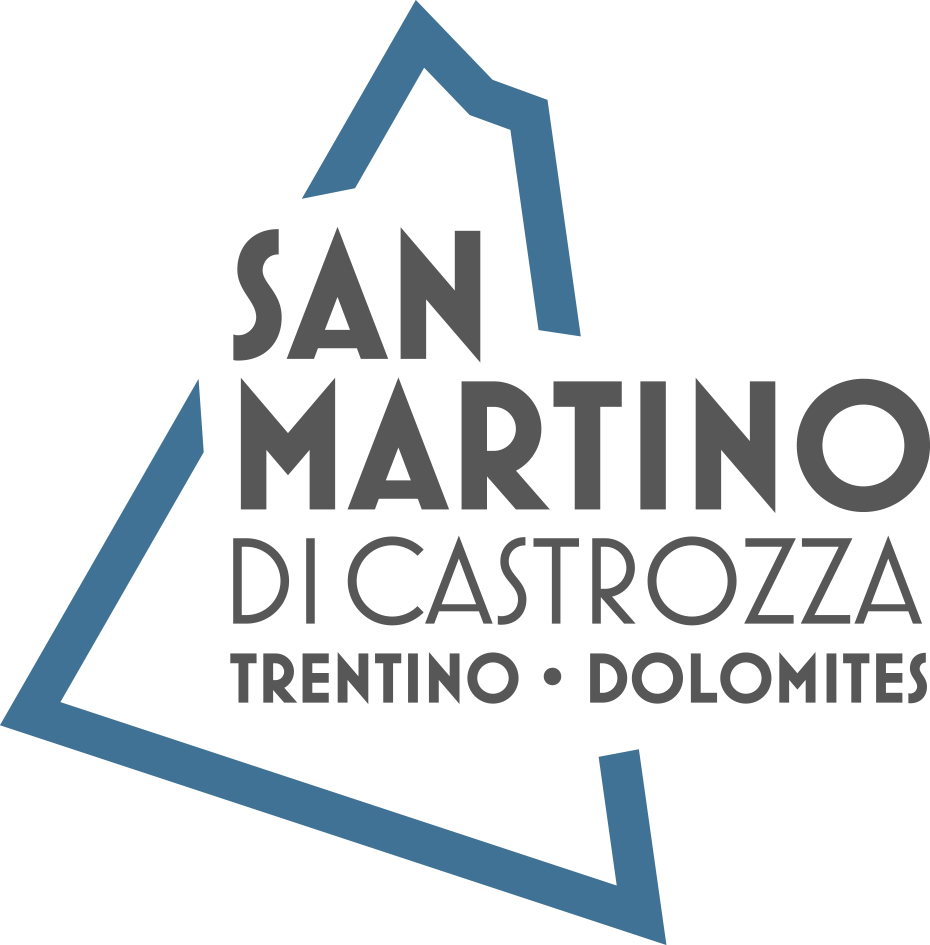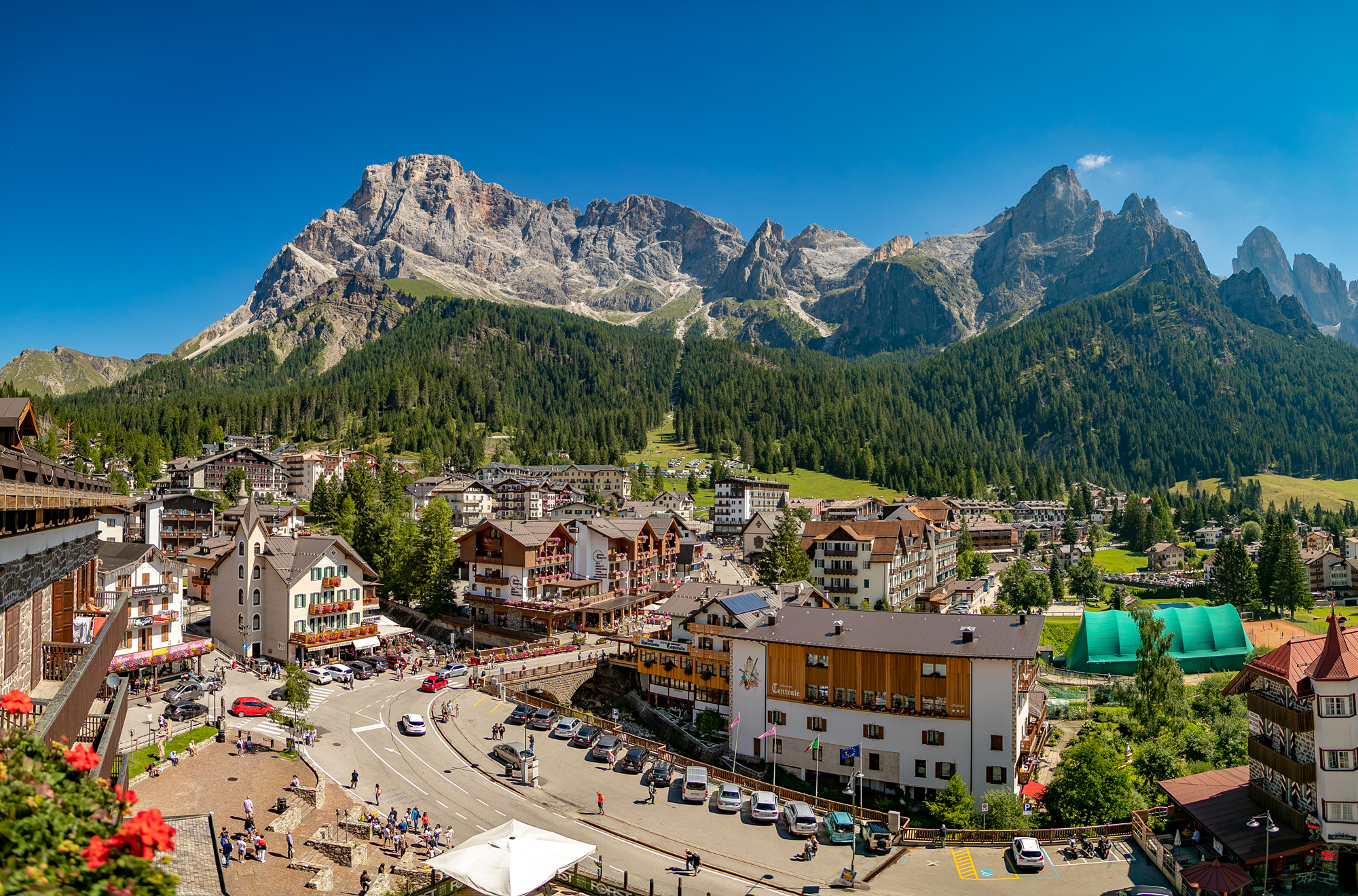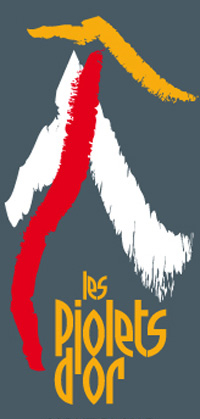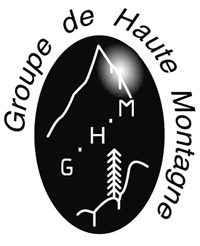
www.sanmartino.com
@visitsanmartino
“If you don’t know San Martino di Castrozza, you don’t know the Dolomites” claimed the well-travelled alpinist and author Gunther Langes. He was probably the best climber in the Pale di San Martino during the years between the two world wars. Among his many important climbs in the ‘Pale’ the two most famous are Spigolo del Velo on Cima della Madonna (the well-known Schleierkante in German), which means the ridge of the veil, and the Gran Pilastro (Great Pillar) on the Pala di San Martino.
San Martino di Castrozza is situated in the heart of what is perhaps the wildest part of the Dolomites, at 1,450m. The Pala Group (in Italian, Pale di San Martino), which is the broadest group of the Dolomites, fascinates visitors with its unique skyline. This is recognized all over the world as a symbol of the Dolomites. The most important peak is the Cimon della Pala (3,184m), also known as “the Matterhorn of the Dolomites” because of the similar shape when observed from the Passo Rolle. The Cimon della Pala, first climbed by English alpinists, Francis Fox Tuckett and Edward Robson Whitwell, is not the highest peak of the Pale, which is Vezzana (3,192m).
It was thanks to the travellers (at first, mainly English geologists and botanists, then later alpinists from Britain, the Netherlands and Germany), who came to the Dolomites in the second half of the 19th Century with the aim of discovering new peaks, that San Martino di Castrozza was born as a tourist destination, with shepherds and hunters working as alpine guides. At the time, these were the only people who could take visitors into the mountains, knowing them better than anyone else. The first alpine guide in this area was Michele Bettega, followed by Giuseppe Zecchini, Antonio Tavernaro, and Bortolo Zagonel. They became recognized as the ‘Eagles of San Martino’, almost celebrities for wealthy climbing tourists. Michele Bettega, for example, climbed the Cimon della Pala more than 250 times. San Martino di Castrozza also was appreciated by famous visitors, such as Sigmund Freud, Arthur Schnitzler, who wrote a novel ‘Die Fraulein Else’ located precisely in San Martino, the King of Belgium, and Dino Buzzati.
San Martino di Castrozza is an ideal basecamp in all seasons for mountain activities such as hiking, biking, climbing, running, orienteering and canyoning. Here, the spirit is authentic and the hospitality unique.














